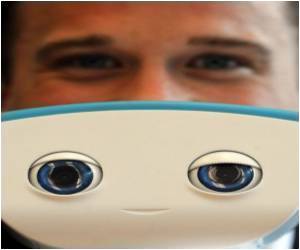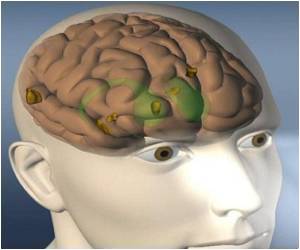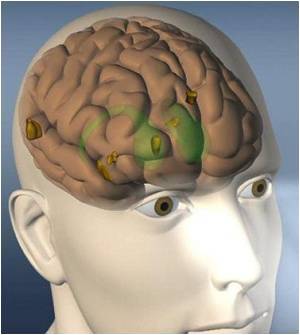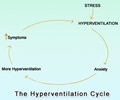
"Robotic devices are transforming rehabilitation medicine by improving our ability to help patients regain movement lost by stroke or other causes. The devices systematically help restore neural pathways for crucial movements like walking and gripping. By doing so, patients can regain freedom and independence and move on with their lives," says Dr. Joel Stein, director of the rehabilitation medicine service and physiatrist-in-chief at NewYork-Presbyterian Hospital, chief of the Division of Rehabilitation Medicine at Weill Cornell Medical College, and chairman of the Department of Rehabilitation Medicine at Columbia University's College of Physicians and Surgeons.
The new robotic hand rehabilitation device works by engaging the patient to move his fingers along small tracks. Over time, the exercises increase motor control and strength.
While there is a range of robotic rehab devices for the shoulder, elbow and wrist, this device-known as the Amadeo-may be the first to focus specifically on the hand.
Lauri Bishop, a research physical therapist in the Department of Rehabilitation and Regenerative Medicine at NewYork-Presbyterian Hospital/Columbia University Medical Center, says: "From dressing to eating to bathing, our hands are essential to our lives. Our hope is that this innovative device will help restore hand movement in affected patients."
"Traditionally hand rehabilitation has been done by having patients practice movements like buttoning a shirt. The robot makes this process more efficient. It also makes it easier to track a patient's progress," Bishop adds.
Advertisement
While patients wear the device, therapists teach them movements like getting up from a chair, and walking and climbing stairs with both legs. As patients progress, therapists progressively "dial back" support provided by the Bionic Leg, until the patients are able to walk safely without it.
Advertisement














